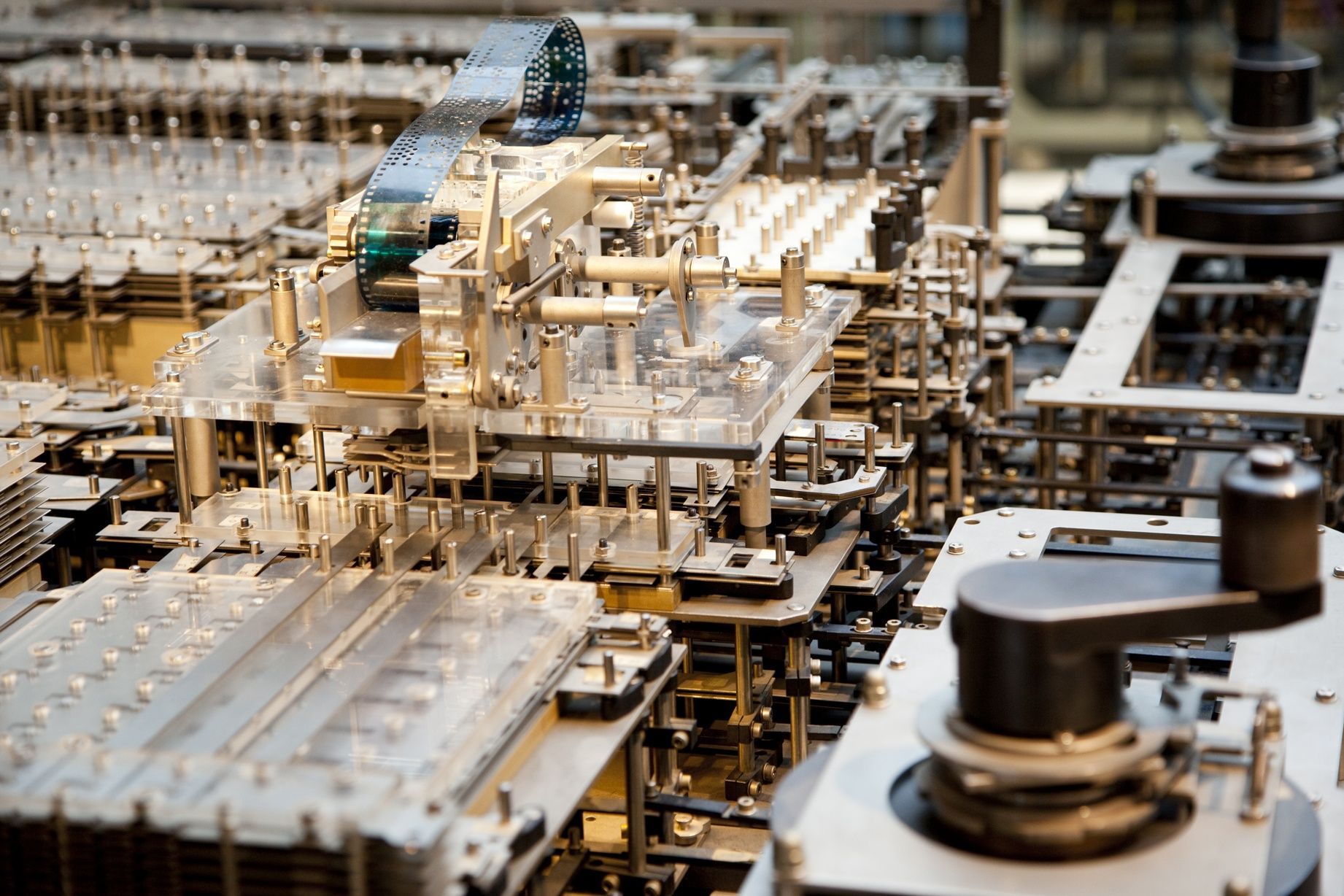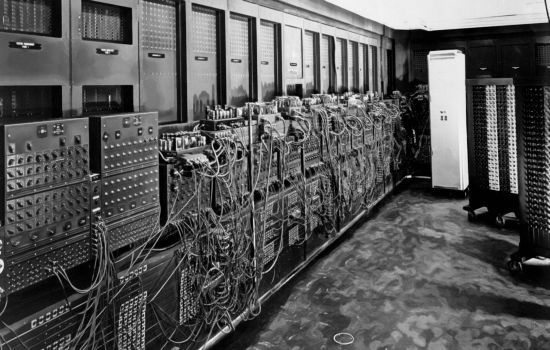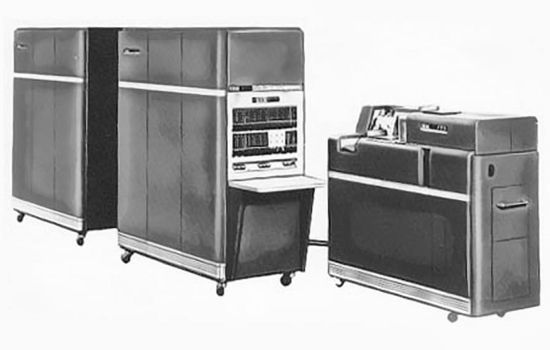C:\Games\DarkAges\Main_Computers



Atanasoff Berry-Computer
Solution of several variables

While Zuse was working on his calculator in Germany, John V. Atanasoff, son of a Bulgarian immigrant, was tinkering with a then still unnamed machine that was also based on the binary number system. The device was intended to be used to solve systems of linear equations. These are often multiple equations with as many unknowns. The designed tube computer was capable of processing 29 linear equations simultaneously. It was thus also the first electronic digital computer.
The computer had several cylinders, one with 1600 capacitors, in which 30 dual numbers with the length of 50 bits could be stored. Writing, updating and reading of data, as well as addition and subtraction were controlled by 311electron tubes. Another cylinder converted decimal numbers to dual numbers. Numbers were entered with punched cards and stored with an electrically punched paper. However, the calculating machine was not a computer in the modern sense, and thus Turing-powerful, because it was not freely programmable and had to be operated by hand.
After its completion in 1942, the inventor had to leave the university due to missions in the World War, which also meant that the calculating machine was forgotten for a decade.

Table of contents
| YR | NAME | INVENTOR |
|---|---|---|
| — | Introduction |  |
| 1938 | Z1 – Z4 |  |
| 1941 | Atanasoff Berry Computer |  |
| 1943 | Harvard Mark I |  |
| 1943 | Colossus |  |
| 1945 | Whirlwind |  |
| 1946 | ENIAC |  |
| 1950 | IBM 650 |  |
| 1951 | UNIVAC |  |
| 1954 | TRADIC |  |
| 1960 | PDP-1 |  |

